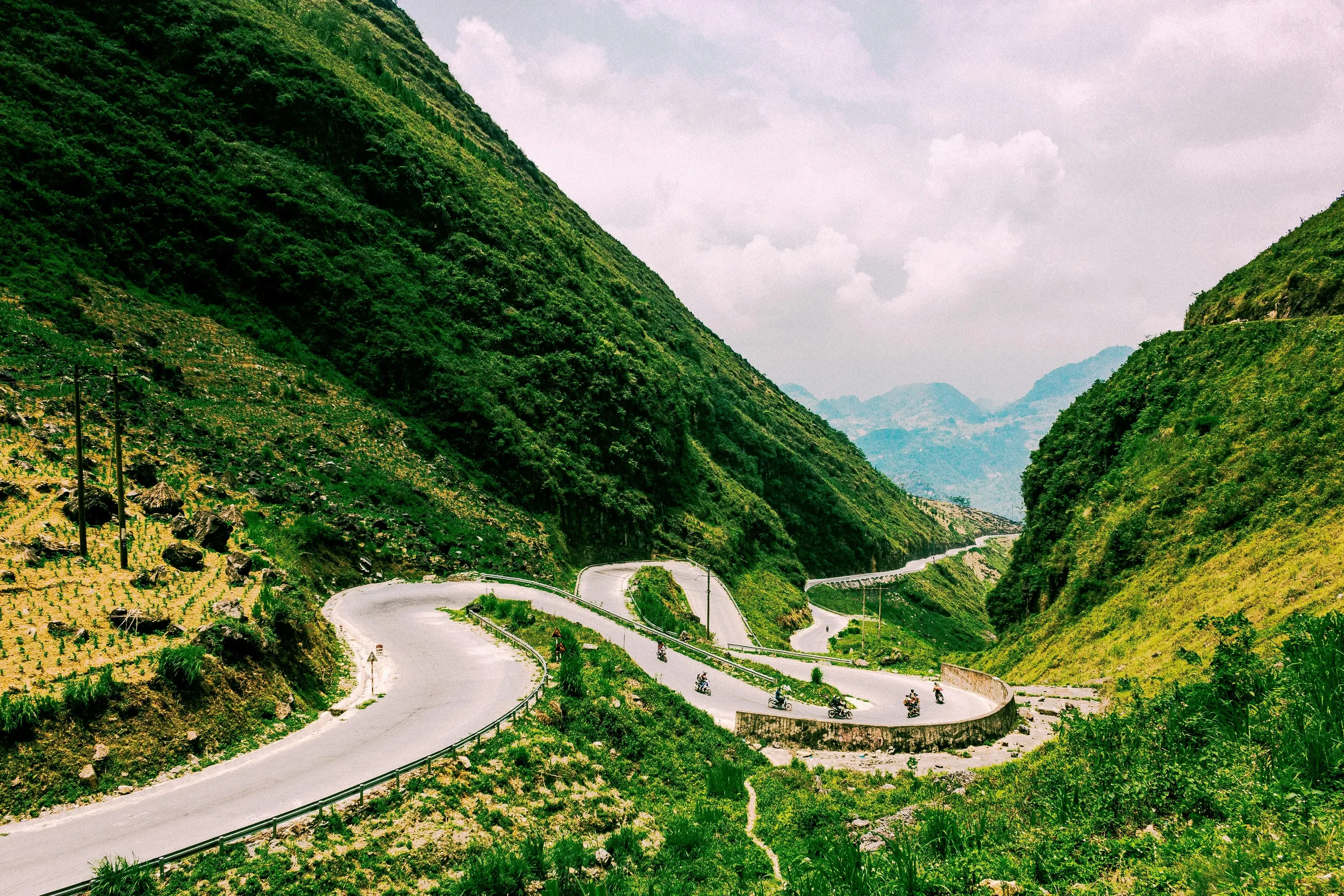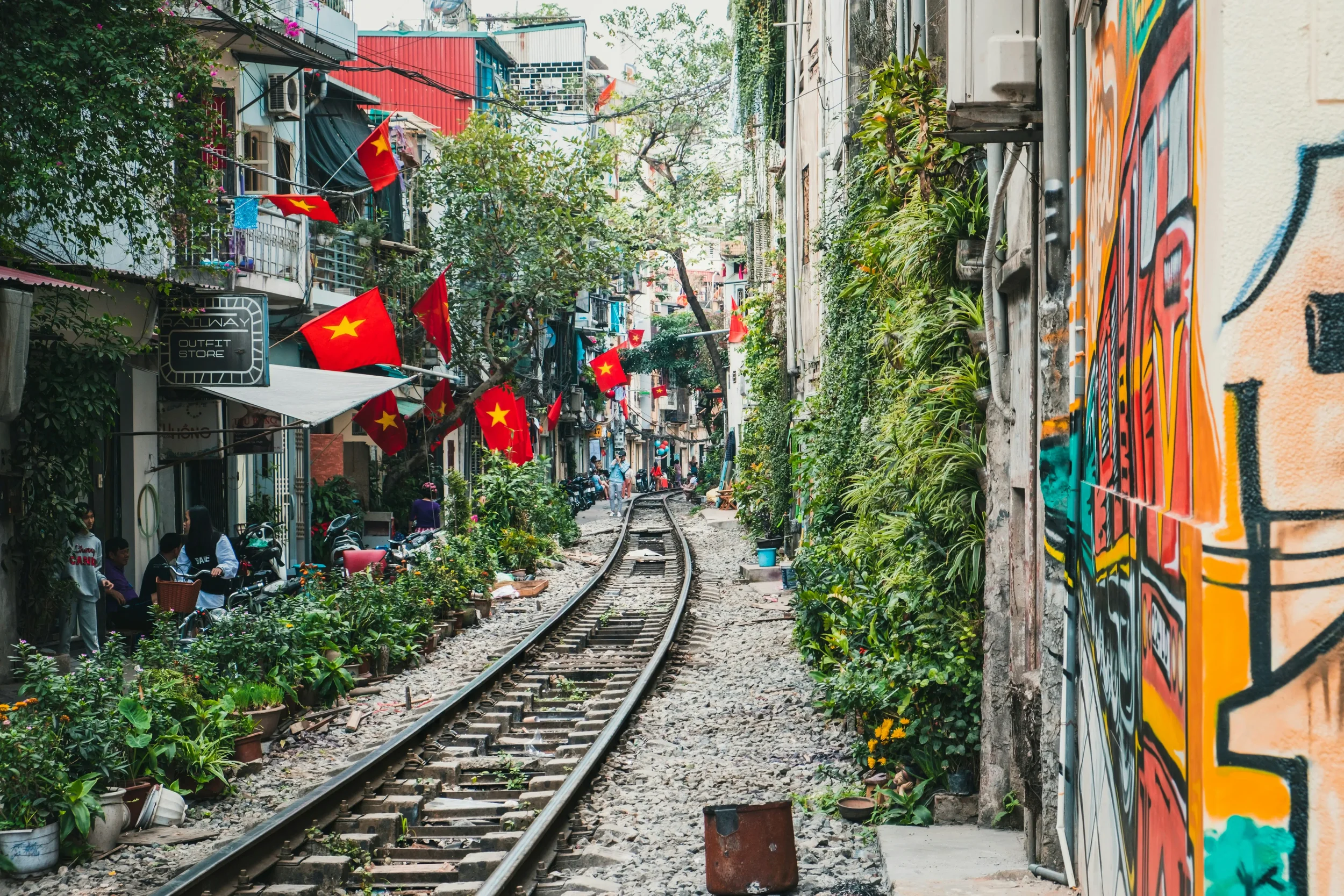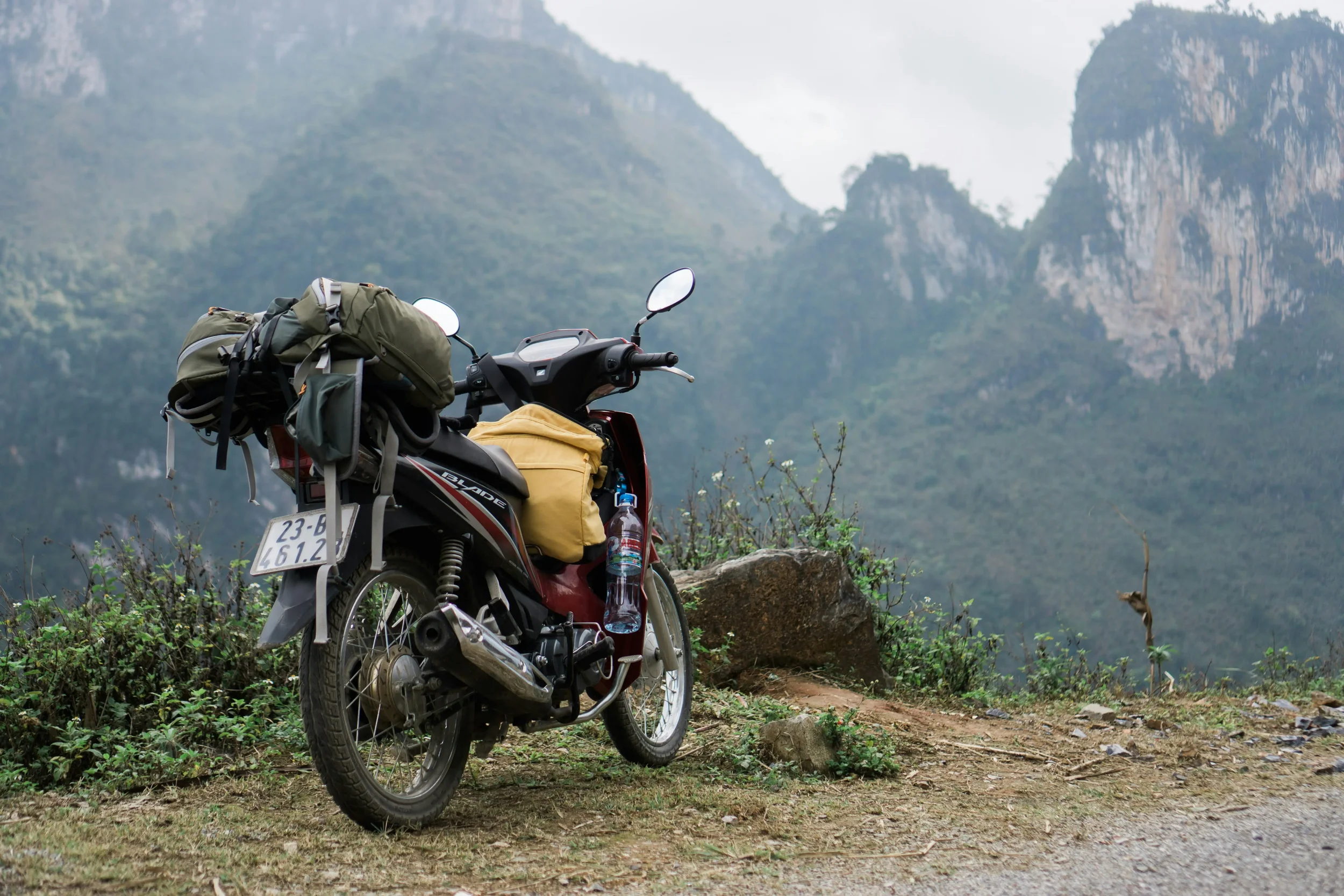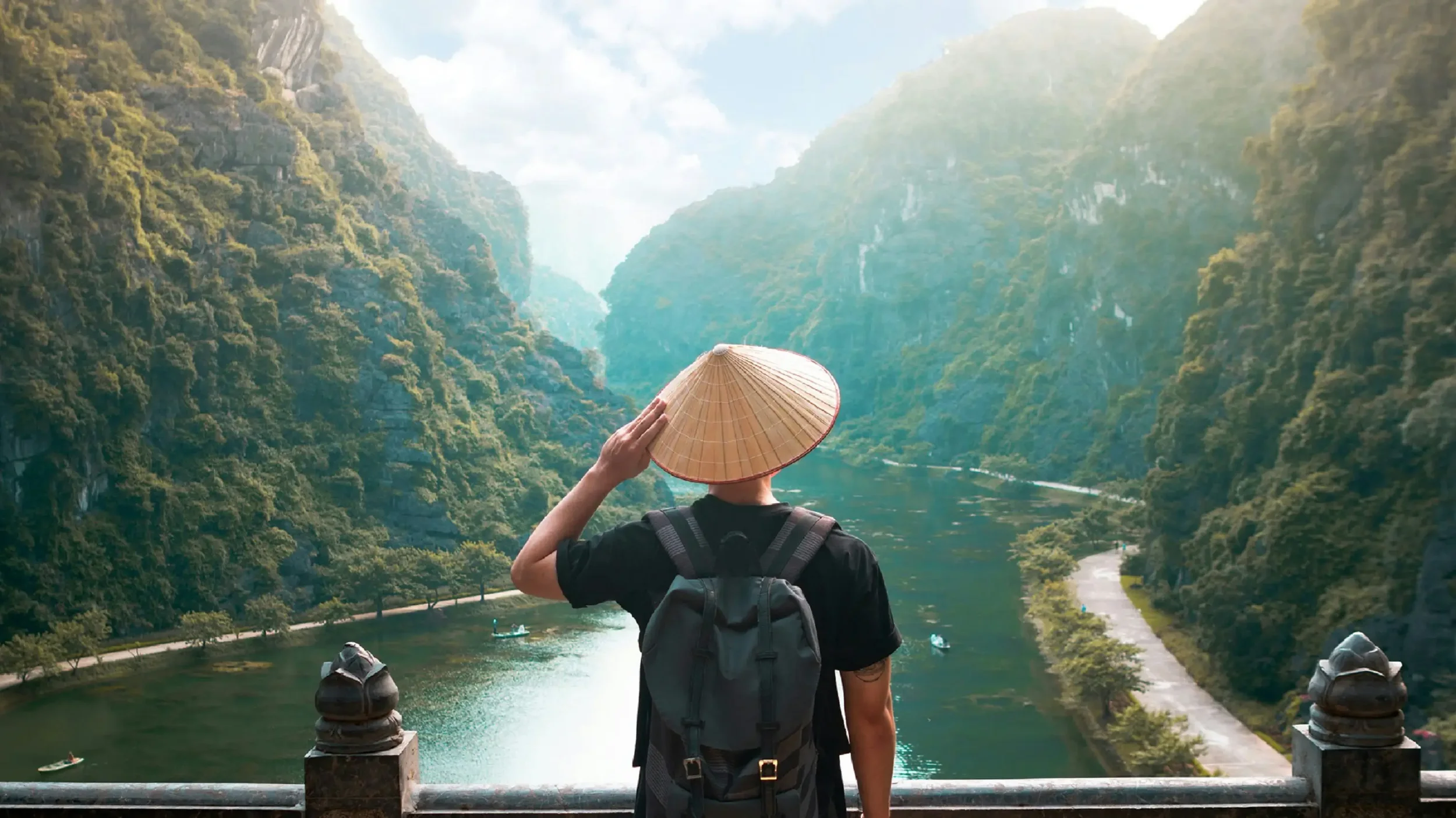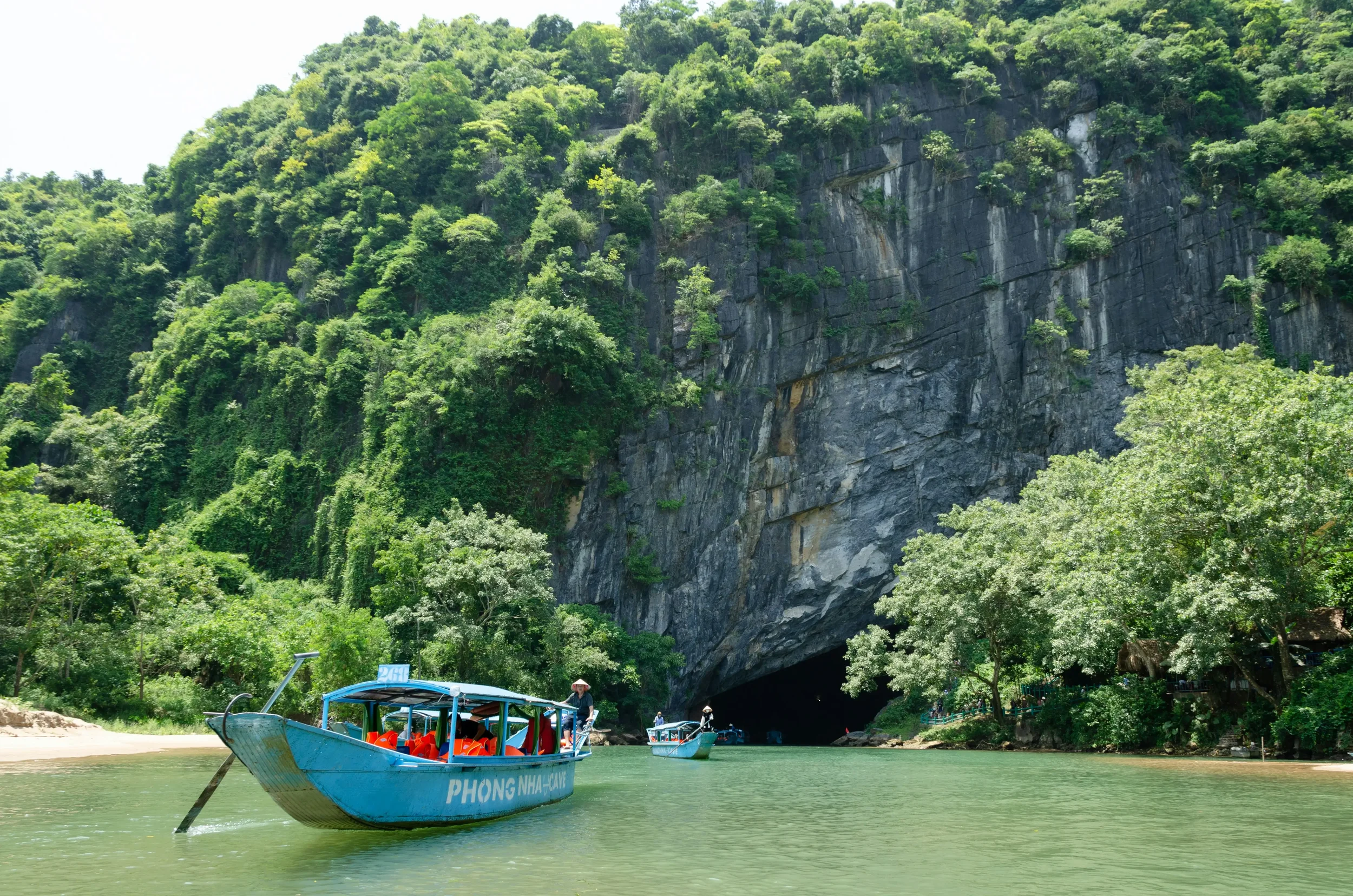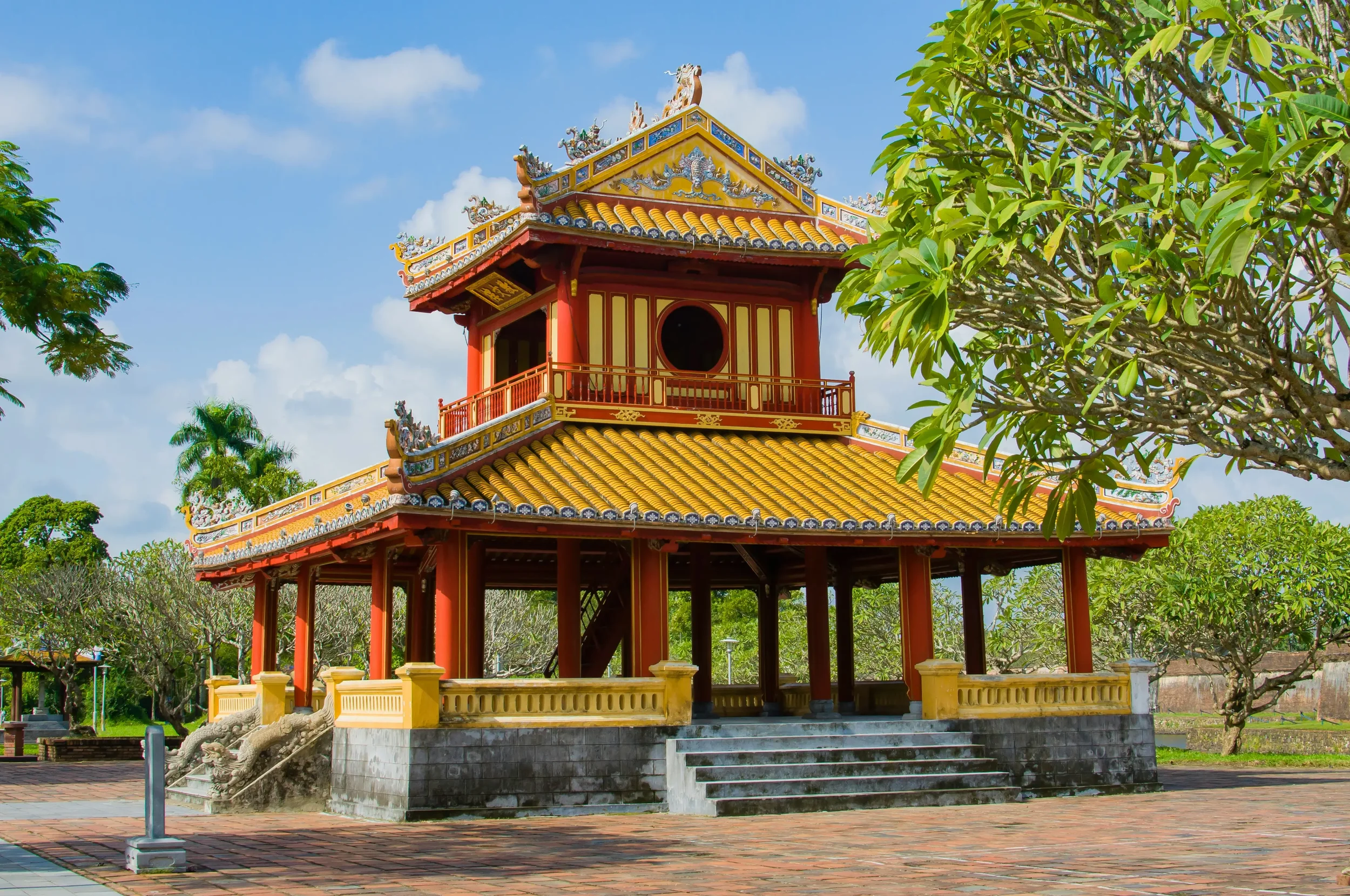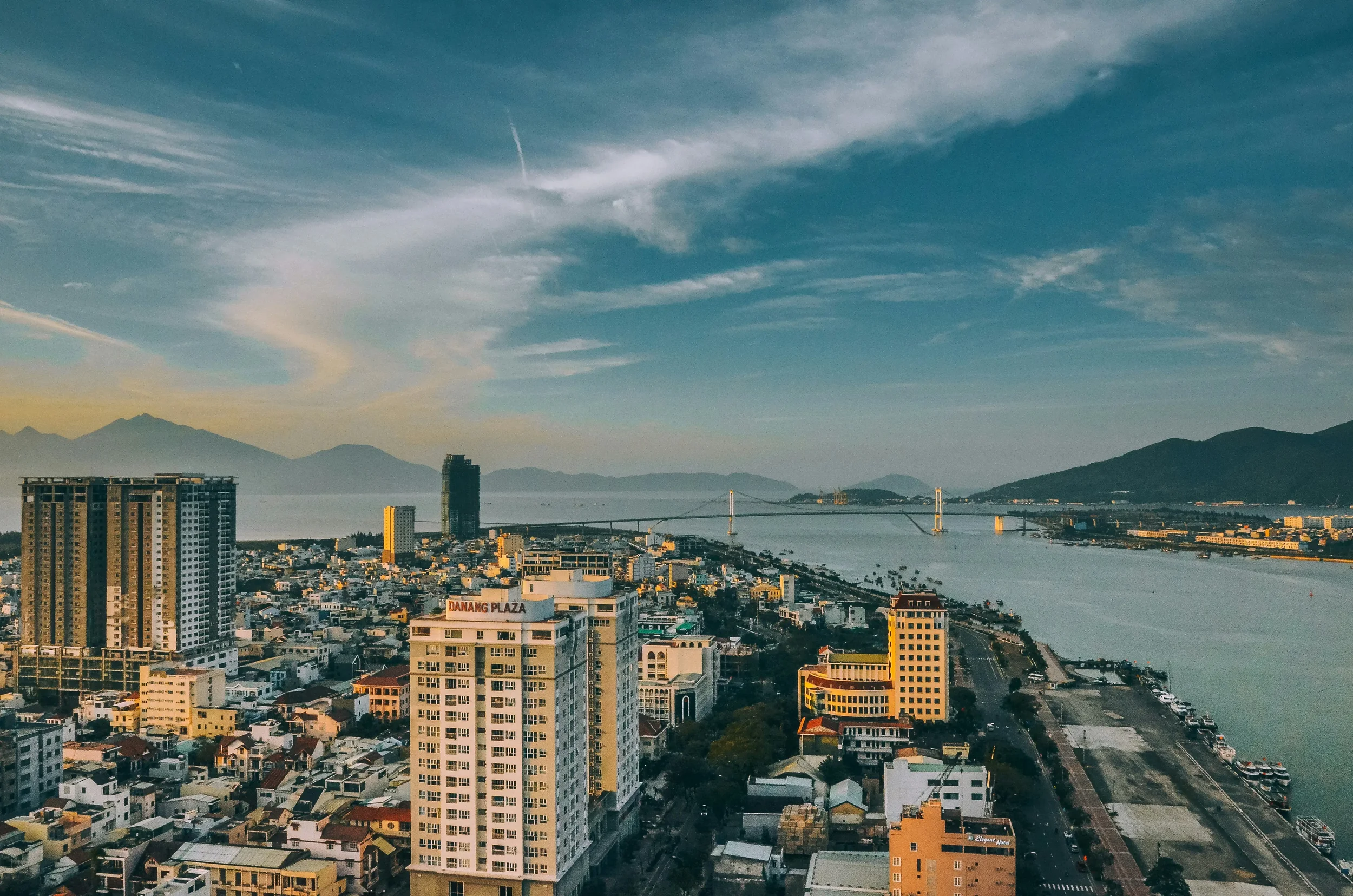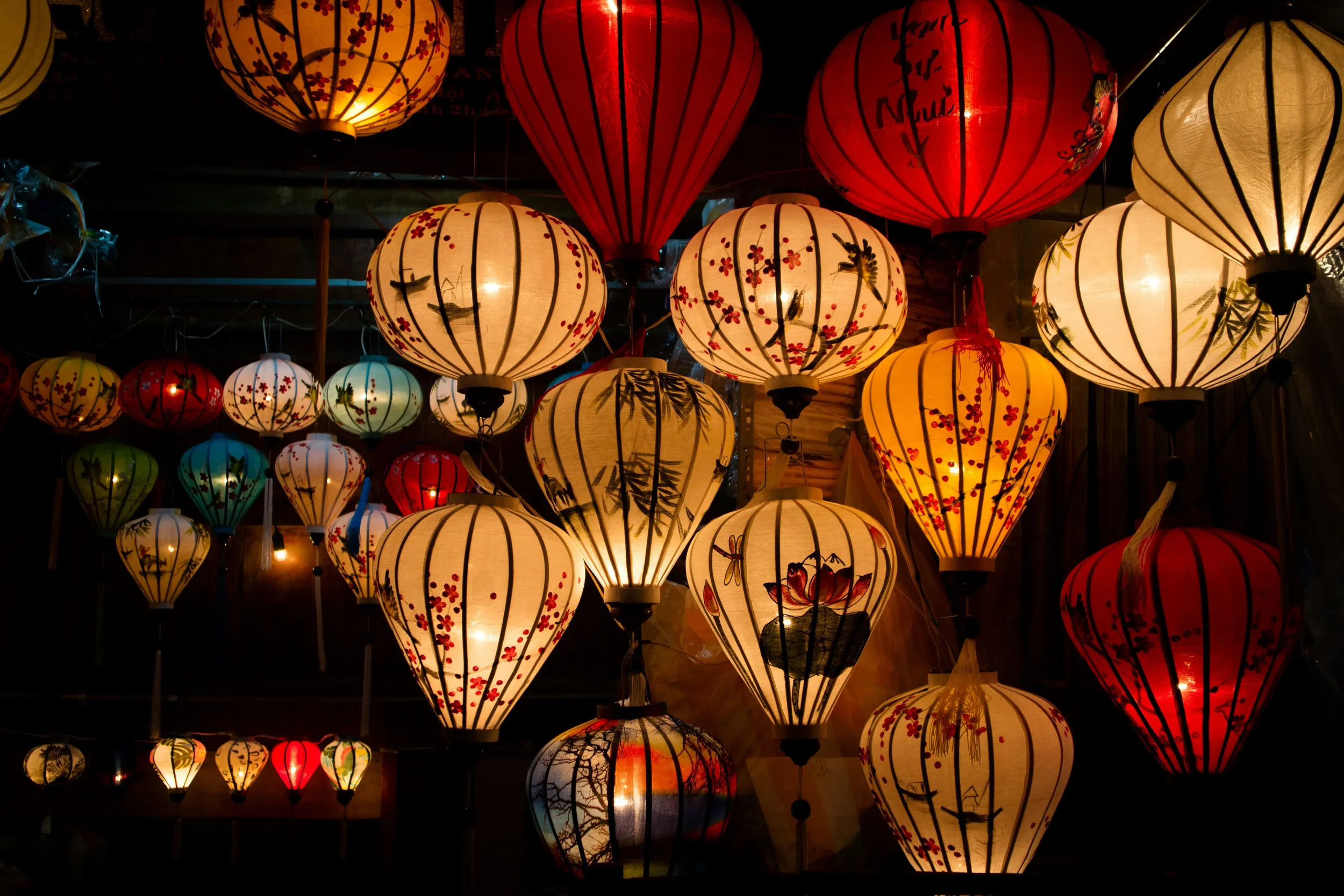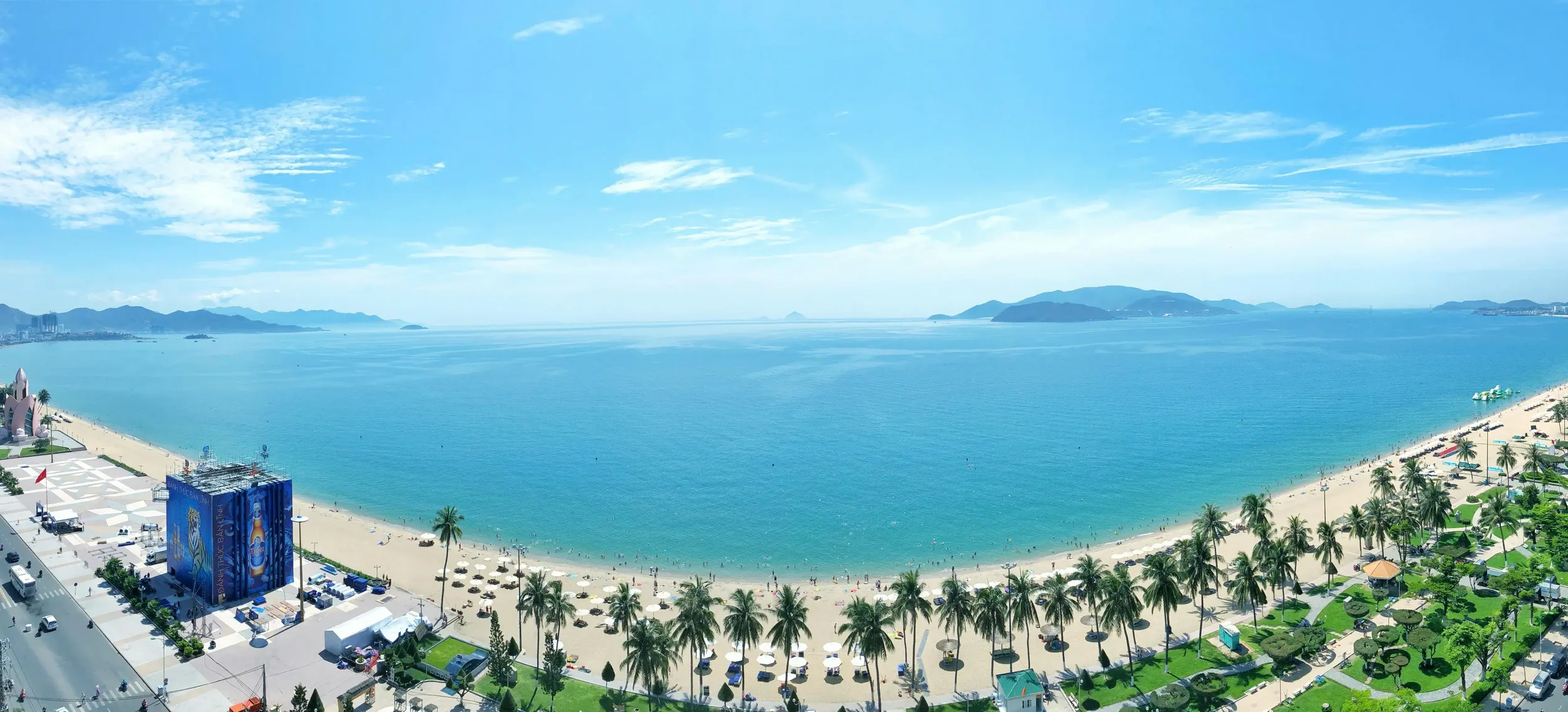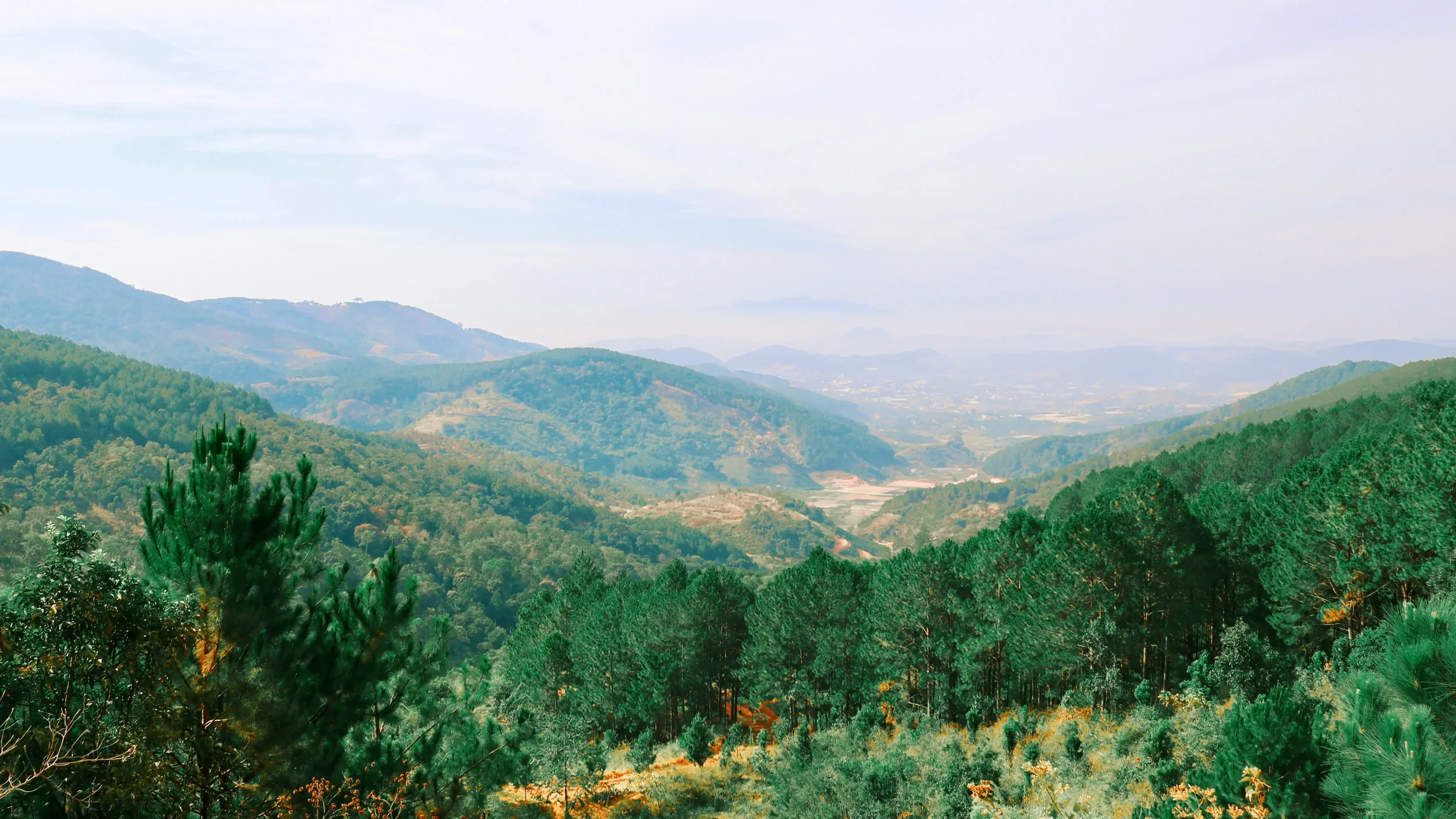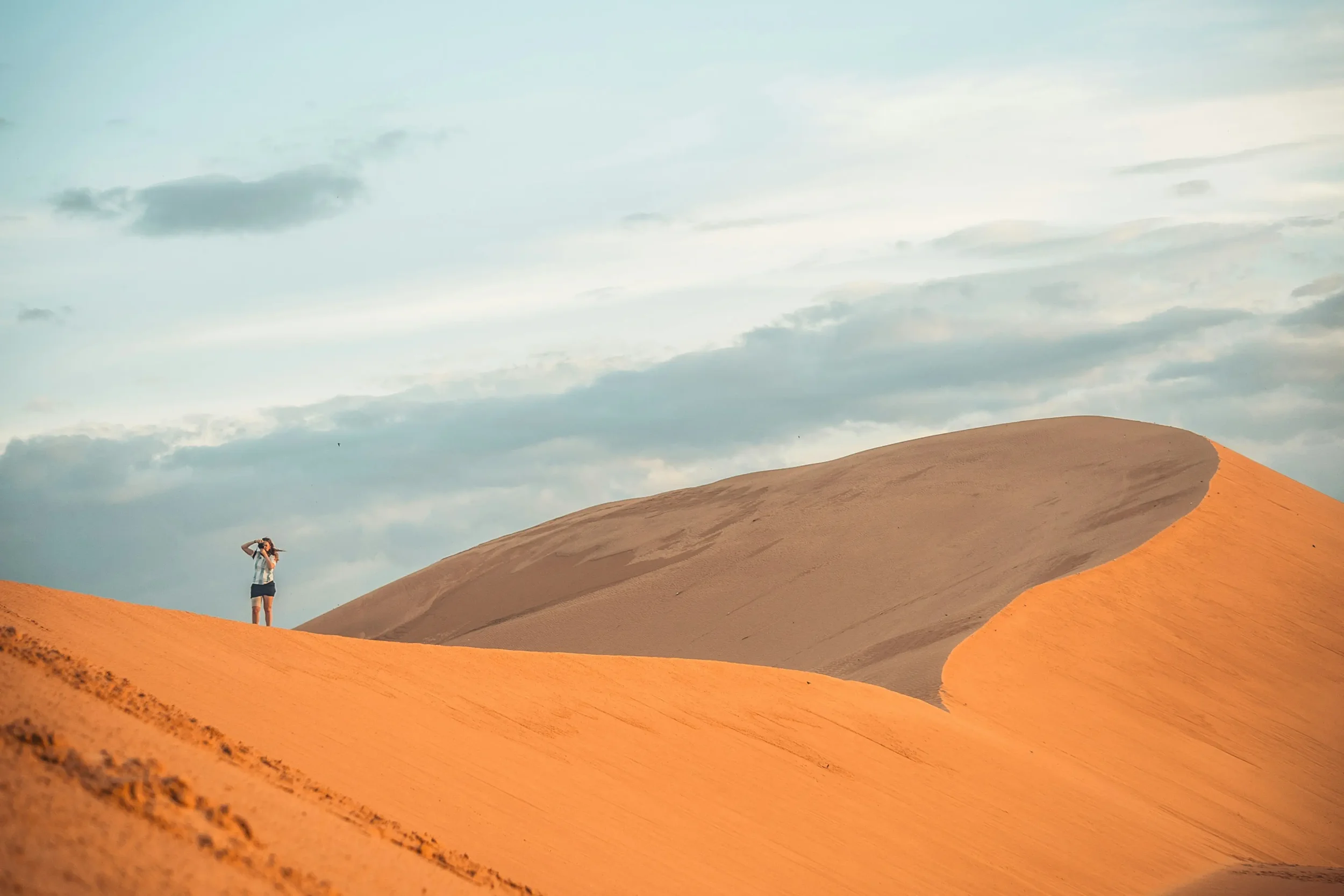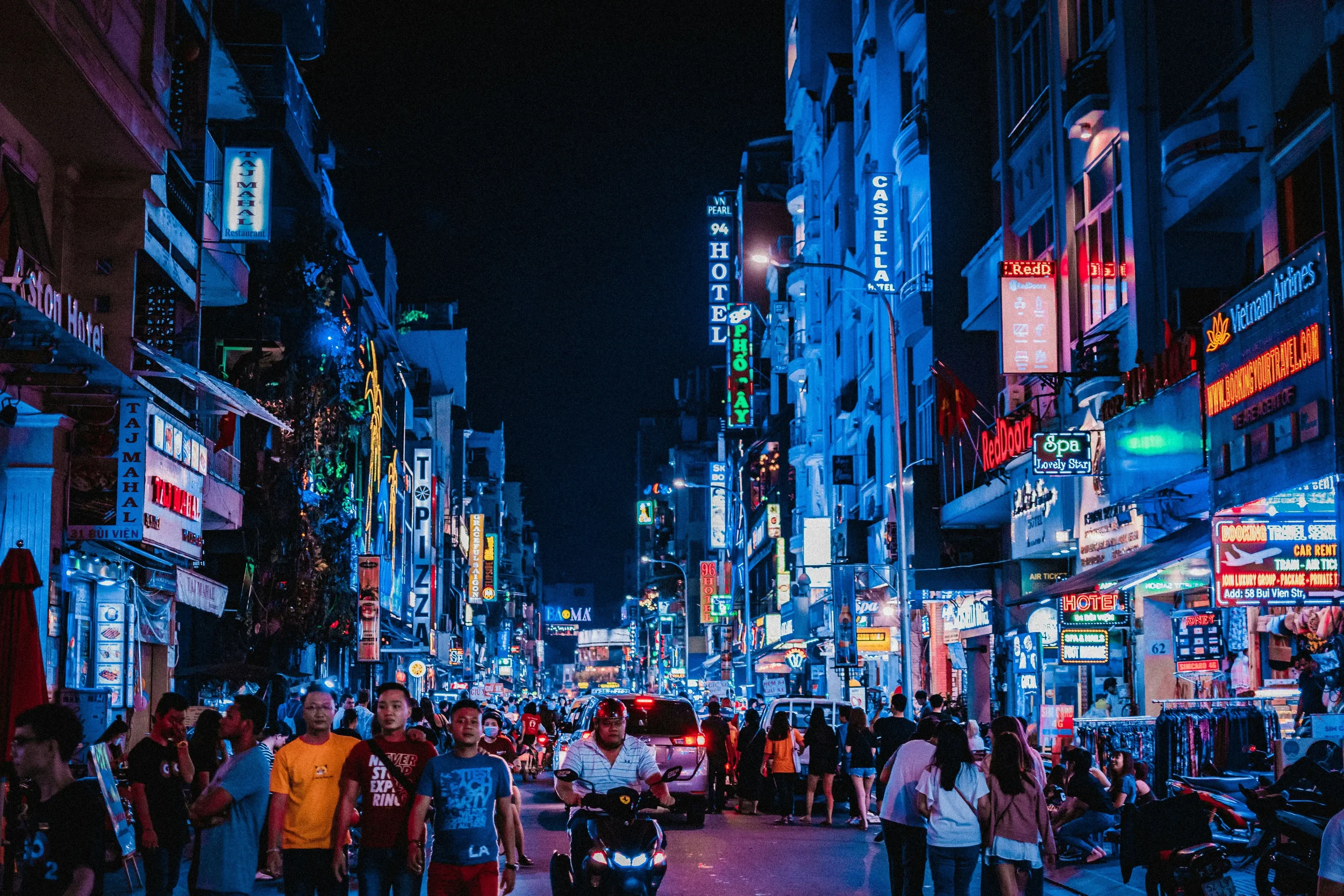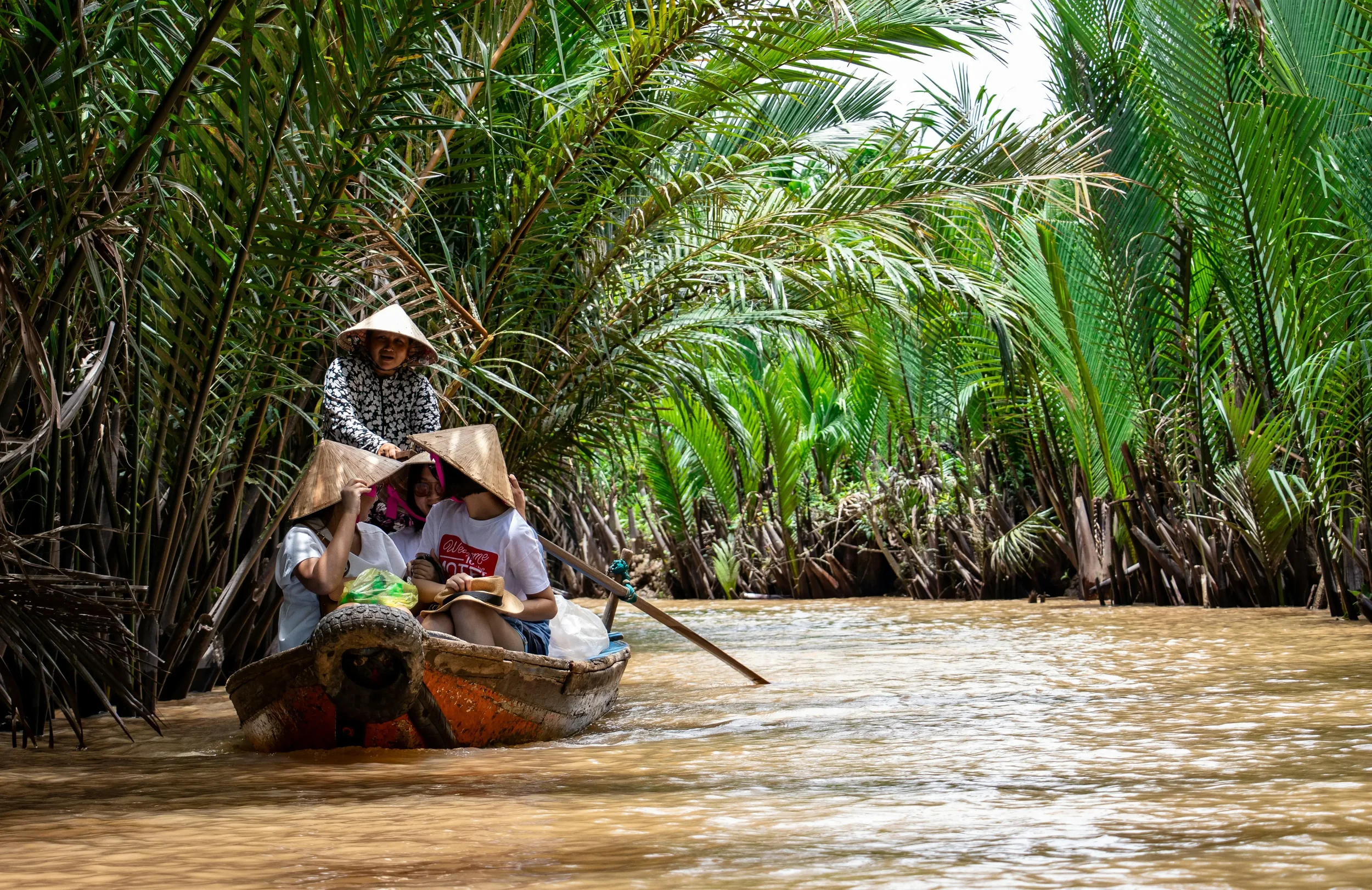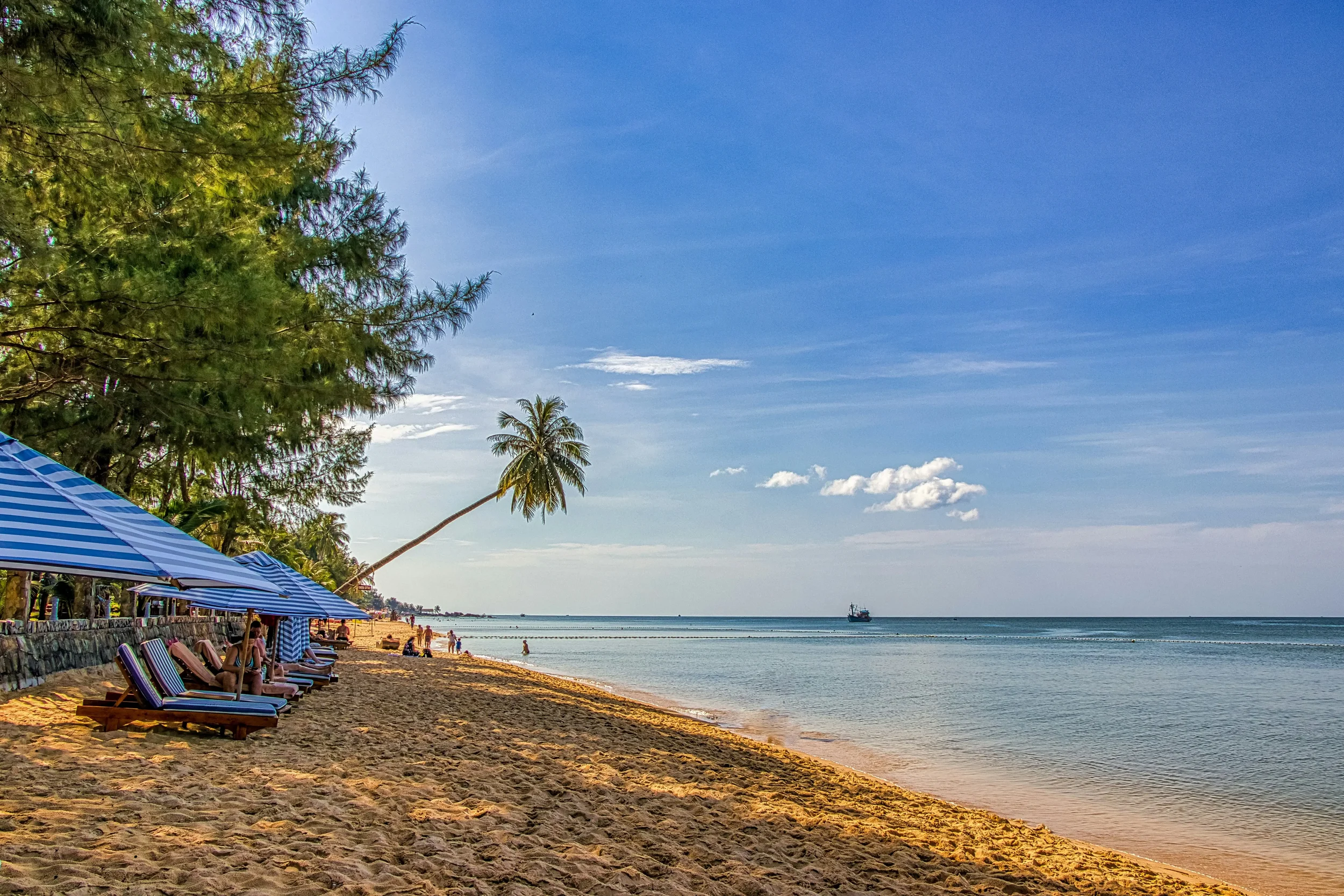VIETNAM
-
Vietnam is a land of contrasts, with chaotic cities, peaceful countryside, rugged mountains and long coastlines.
Most backpackers start in Hanoi and head south to Ho Chi Minh City (although you can travel the other way around), following a well-known route through the country.
In the north, people head to Sapa for the rice terraces and mountain air, or take on the Ha Giang loop for a few days of winding roads and incredible scenery. Ha Long Bay can get busy, but it’s still a good spot to slow down for a bit and take a boat out among the limestone islands. In the center there’s charming, lantern-lit Hoi An, beachy Da Nang and the ancient ruins of Hue. Down south, the Mekong Delta and Cu Chi Tunnels add a different side to the trip — slower, greener, and full of history.
The food is amazing everywhere, with bánh mì, pho and fresh spring rolls always on the menu. With motorbikes and sleeper buses, Vietnam is made for overland travel. It’s wild, beautiful, fast-paced—and never boring!
-
Vietnam’s long, skinny shape means the weather can vary a lot depending on where you are. It’s hot and humid overall, but the North, Central, and South each have their own seasons.
Best Time to Visit Vietnam
The dry season from December to March is the safest bet for most of the country, especially if you’re chasing sunshine.
The shoulder months — September to December and March to April — can be a sweet spot with fewer crowds and decent weather, but you’ll need to plan for possible rain.
Pro Tip: Book ahead for December–January (Christmas & New Year) and mid-February (Lunar New Year/Tet). Prices spike and accommodation fills up fast.
Regional Breakdown
Northern Vietnam (Hanoi, Halong Bay, Sapa)
Cool & Dry: November to April — ideal for exploring, but cold in the mountains (down to 5°–6°C at night in Dec–Jan).
Hot & Rainy: May to October — expect heavy rain, especially July–September. Typhoons possible July–November.
Best for Trekking: March–April and October–November = cooler temps and clear views.
Central Vietnam (Hue, Hoi An, Da Nang, Nha Trang)
Dry Season: February to August — hot and sunny, often above 35°C.
Rainy Season: September to January — heavy rain and storms, especially October–November.
Nha Trang stays dry longer — from January to September.
Highlands Tip: Da Lat stays cool year-round (~24°C). Best to visit in spring/autumn to avoid summer rains.
Southern Vietnam (Ho Chi Minh City, Mekong Delta)
Dry Season: December to April/May — hot but drier, great for travel.
Rainy Season: May to November — daily showers, usually short and intense. June–August is the wettest.
-
Vietnam:
UK & most EU passport holders:
Visa-free for up to 45 days.
Entry: You can enter without a visa for tourism. This visa exemption policy is valid from March 15, 2025, to March 14, 2028, and may be considered for further extension.
Longer Stay: To stay longer, apply for an e-Visa (up to 90 days, single or multiple entry) online before arrival.
US passport holders:
No visa-free entry.
Must apply for an e-Visa before arrival (valid for 90 days, single or multiple entry). The process is fast and online.
Official e-Visa Website: Visit https://evisa.xuatnhapcanh.gov.vn/
All nationalities:
Passport Validity: Your passport must be valid for at least 6 months on arrival.
e-Visa Copy: Print or save a copy of your e-Visa (PDF or QR code).
Onward Travel: While not always strictly enforced, you might be asked for proof of onward travel (such as a flight ticket) upon arrival.
Extension Tips:
e-Visas cannot be extended easily in Vietnam for tourism purposes. Many travelers opt for a "visa run" to nearby countries like Thailand or Laos, then re-enter with a new e-Visa.
-
Currency: Vietnamese Dong (VND)
Cash is essential in most places. Only mid-range+ hotels, malls, and some cafes accept cards.Best way to handle money:
Withdraw cash using ACB, TPBank, or MB Bank ATMs – they have lower or zero fees.
Use Wise/Revolut/Monzo cards with low FX fees.
Most local ATMs have withdrawal limits, so check which ones allow higher amounts (up to 3–5 million VND per transaction).
Avoid exchanging EUR/USD at hotels or tourist traps – use gold shops or official currency exchanges for the best rates.
Typical daily backpacker budget:
350,000–700,000 VND/day ($15–$30 USD) – includes dorms, food, buses, and a local beer or two.Tips:
Download Grab (like Uber) to avoid haggling.
Be mindful of too many small ATM withdrawals – fees add up.
Double-check your change – bills can look similar!
-
Find the full directory of JourniCard discounts here.
Main Destinations

